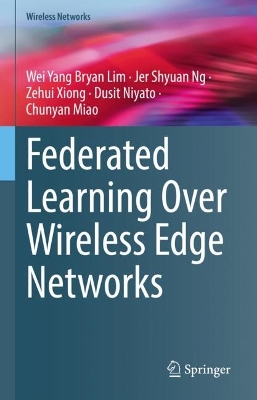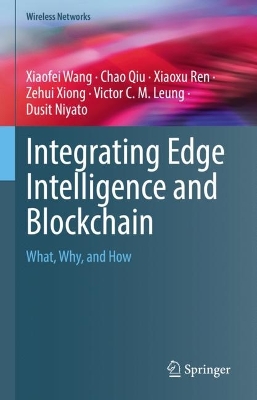Wireless Networks
2 total works
Federated Learning Over Wireless Edge Networks
by Wei Yang Bryan Lim, Jer Shyuan Ng, Zehui Xiong, Dusit Niyato, and Chunyan Miao
This book first presents a tutorial on Federated Learning (FL) and its role in enabling Edge Intelligence over wireless edge networks. This provides readers with a concise introduction to the challenges and state-of-the-art approaches towards implementing FL over the wireless edge network. Then, in consideration of resource heterogeneity at the network edge, the authors provide multifaceted solutions at the intersection of network economics, game theory, and machine learning towards improving the efficiency of resource allocation for FL over the wireless edge networks. A clear understanding of such issues and the presented theoretical studies will serve to guide practitioners and researchers in implementing resource-efficient FL systems and solving the open issues in FL respectively.
Integrating Edge Intelligence and Blockchain
by Xiaofei Wang, Chao Qiu, Xiaoxu Ren, Zehui Xiong, Victor C. M. Leung, and Dusit Niyato
- Explores the integration of edge intelligence (EI) and blockchain (BC), including their integrated motivations, frameworks and challenges;
- Presents how BC-driven EI can realize computing-power management, data administration, and model optimization;
- Describes how to tailor BC to better support EI, including flexible consensus protocol, effective incentive mechanism, intellectuality smart contract, and scalable BC system tailoring;
- Presents some key research challenges and future directions for the integrated system.

